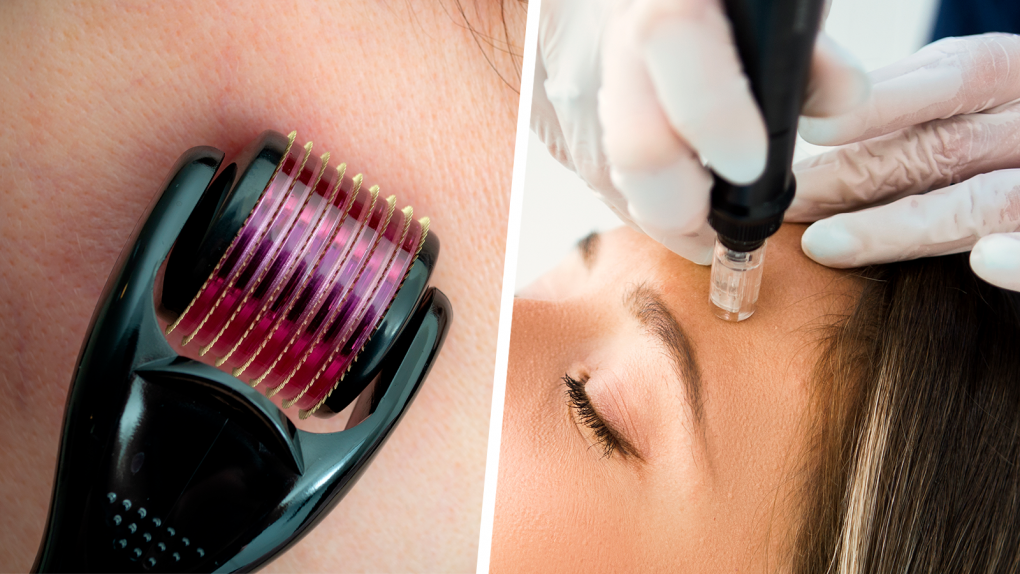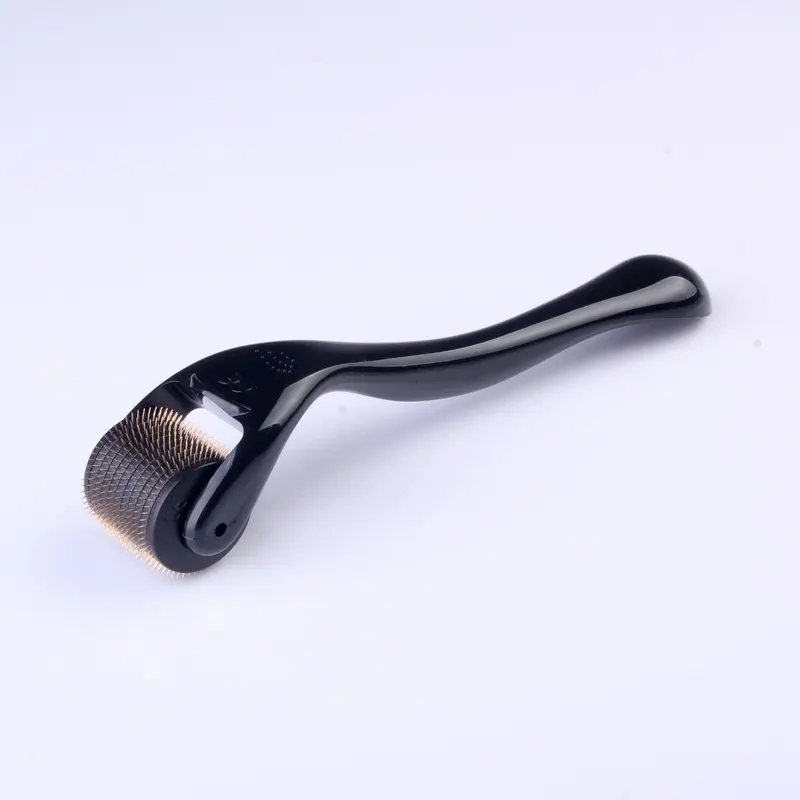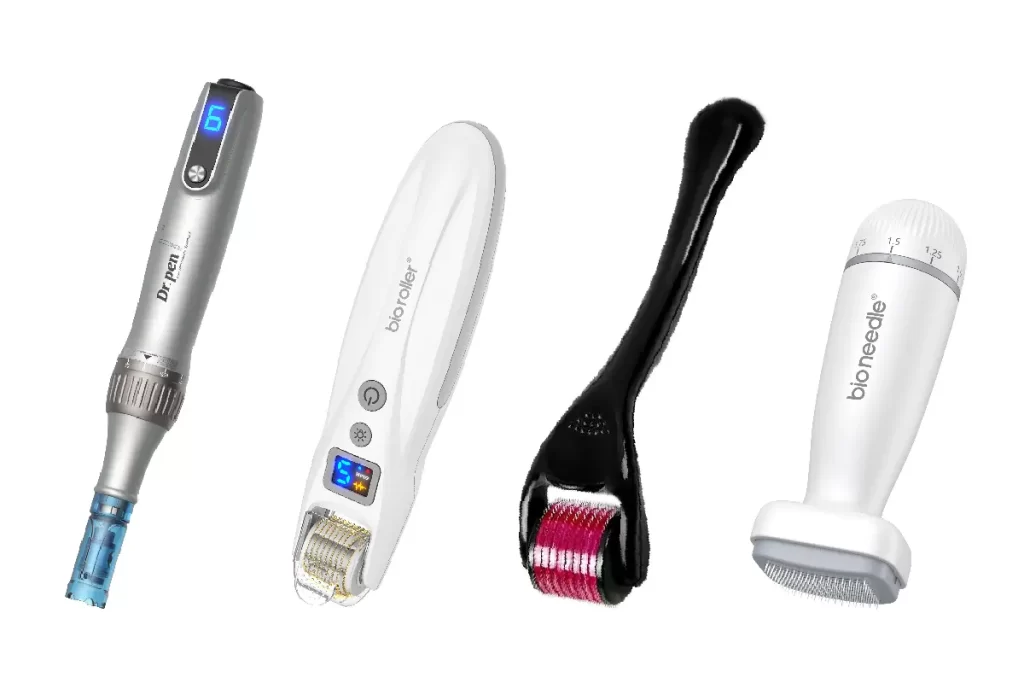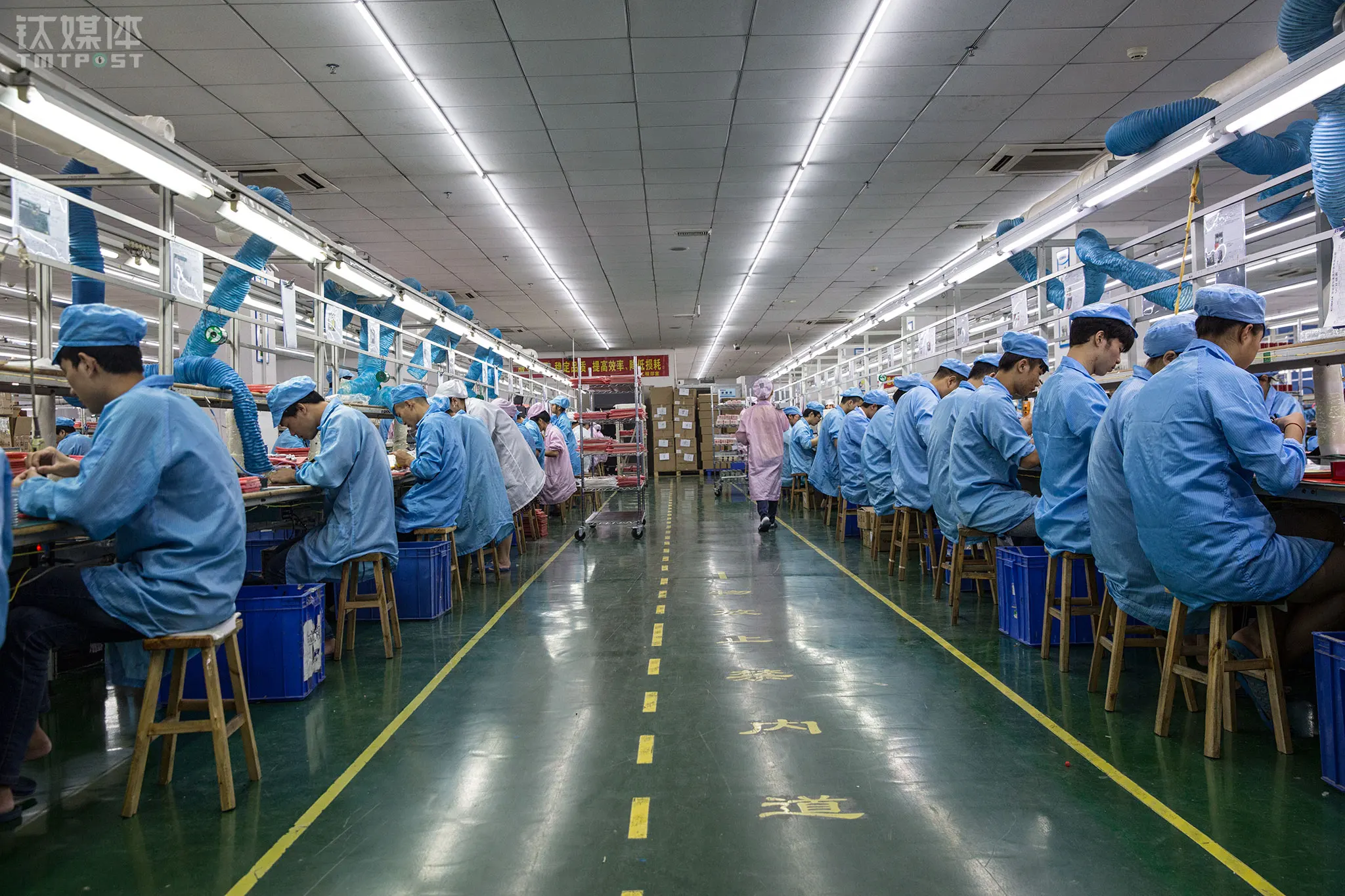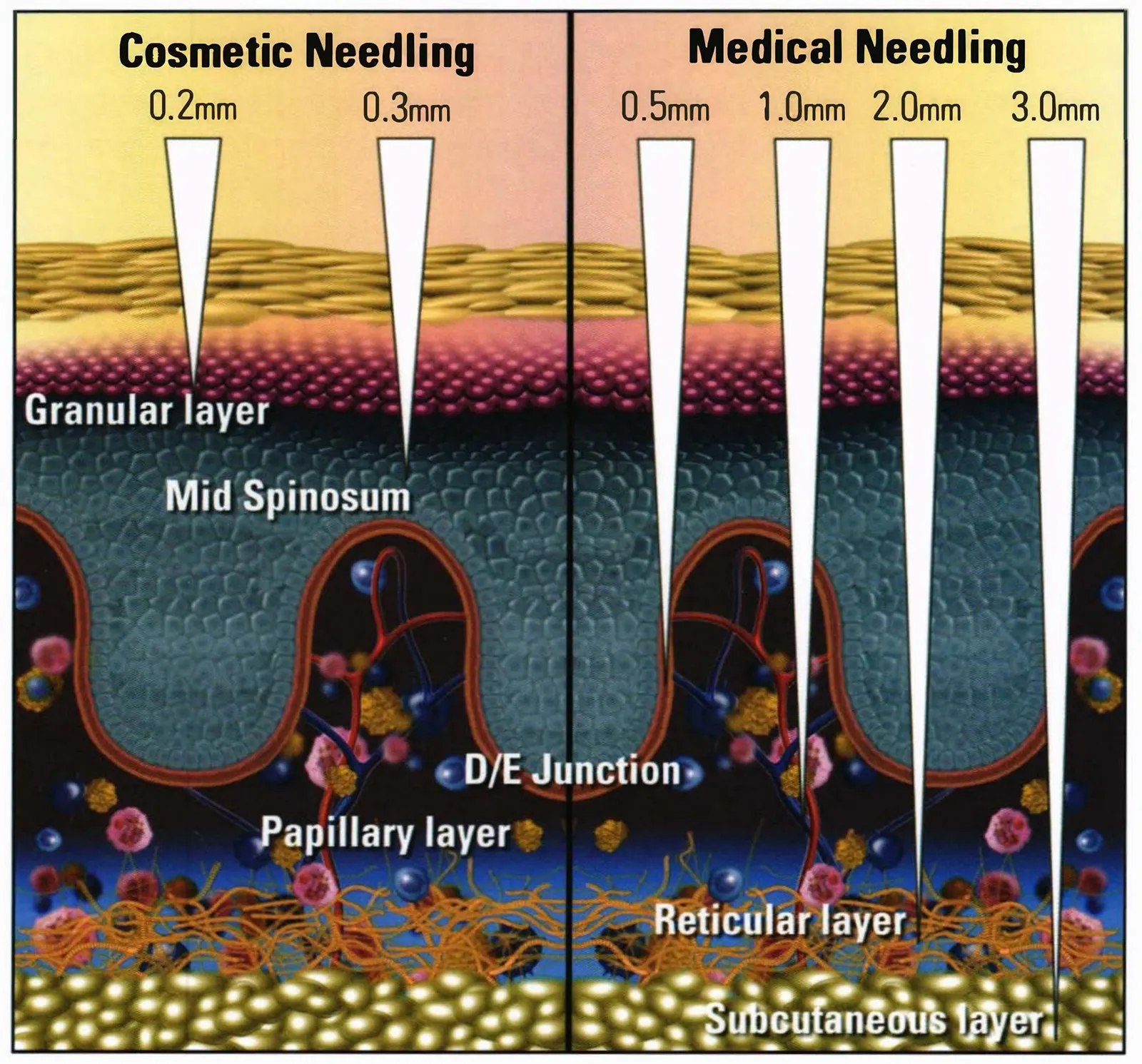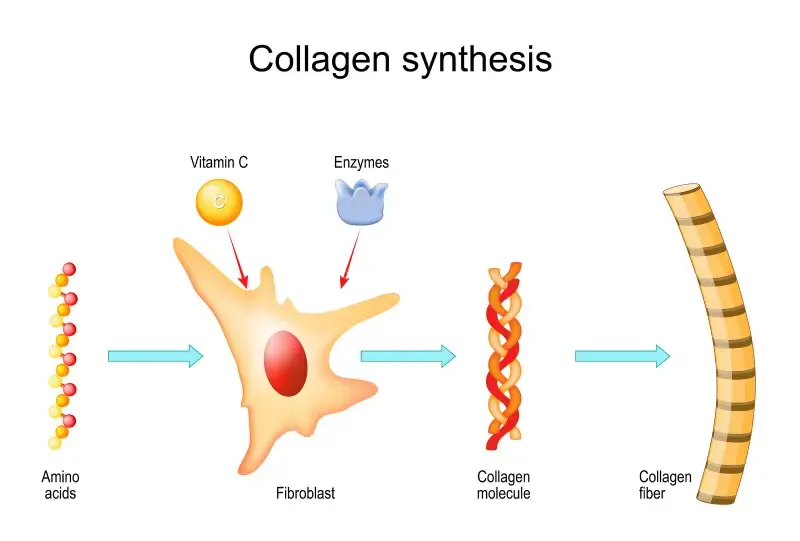In my recent exploration of THE CONCISE GUIDE TO DERMAL NEEDLING by Dr. Lance Setterfield, a pioneer in the field of microneedling, I was struck by the enduring relevance of his insights. Despite being published several years ago, this comprehensive guide continues to offer invaluable guidance for both practitioners and consumers alike. Today’s article is about the common myths of derma pen marketing. Let’s begin one by one:
Myth 1. Derma Roller Is MORE Traumatic Than Dermapen
There may be many who would agree that the sloped insertion of the needles on a roller slice or tear the skin to create trenches (“much more traumatic “) whereas vertical insertion with a pen is less “traumatic”, leading to less downtime.
Dr. Setterfield Insights:
- Greater erythema may occur with rollers due to the release of histamines (such as erythema, itching, or mild pain) from the mechanical pressure the drum exerts on the skin. This lasts hours, not several days.
- The needles in electronic devices move so rapidly that skin maceration may occur, leading to longer downtime.
You may wonder why the rapid movement of the needle may cause excessive moisturizing of the skin. We know that the rapid puncture of the needle tip on the skin will form countless tiny wounds, which will damage the skin‘s natural barrier, that is, the epidermis. When the epidermis is damaged, the body will initiate an inflammatory response, and the blood vessels will dilate to deliver more nutrients to the operation site to promote healing, so that more fluid will seep into the skin surface, thereby increasing the skin moisture level. However, too much water will soften the skin stratum corneum, and the humid environment is also conducive to the growth and reproduction of bacteria, increasing the risk of infection, and making the skin more susceptible to external stimuli and becoming sensitive or red and swollen.
- It is impossible to know if they are in or out of the skin as the device is moved across it. Thus, there will also be a cutting action (similar to a jig-saw mechanism) involved in using these devices, unless it is held stationary and then lifted to the next spot (stamping technique), in which case the holes will become enlarged because each needle will have penetrated multiple times in the same spot.
- At the end of the day, the goal is to traumatize the skin, and both modalities do it in such a manner that is minimal (it is called micro-needling for a reason) to the point of being non-ablative and non-scarring. Each device has its valuable place and can be sold on its own merits without distorting the facts. (stamping technique), in which case the holes will become enlarged because each needle will have penetrated multiple times in the same spot.
While both derma roller and pen-style devices can effectively stimulate collagen production, understanding the potential drawbacks of electronic devices is crucial for making informed decisions. The jig-saw effect and potential for maceration can influence the healing process and overall patient experience.
Myth 2. Vertical Penetration Of The Dermapen With A Depth Of 3mm
Many people may think there is a true depth of penetration at 90° using an electric pen device, which can reach a depth of 3mm. This argument does have a market because it only sees the surface:
Dr.Setterfield’s Insights:
The needles in a roller come around into a 90° position during rotation as well. There is actually more chance of not attaining true depth using a pen due to practitioner error if the device is not held perpendicular to the skin. But this is splitting hairs and does not affect the end result, because the majority of the micro-channels will be adequate if enough passes are made (law of averages). Some vendors of electric devices offer needle lengths up to 3 mm. However, almost all devices on the market do not have sufficient power to achieve these depths. After a certain depth, the needles just push away the skin and the skin starts to catch on the needles (fakir effect).
We can understand this passage in three parts.
First: The operation methods and effects of the two tools on the skin are different.
The operation of pen-type beauty devices requires higher technical skills for the user, while derma rollers can be “fault-tolerant” to a certain extent. Please see the table below:
Comparison | Derma Pen | Derma Roller |
Operating Angle | The operator is required to always keep the pen at 90° degrees perpendicular to the skin to ensure that the needle penetrates the skin vertically and reaches the preset depth. If the angle is slightly deviated, the needle will penetrate obliquely and fail to reach the ideal depth. | The needles on derma rollers are arranged in an arc shape. During the rolling process, even if the operator’s angle is slightly deviated, there is a certain margin of error, and the needle can still contact the skin for treatment. |
Skin Unevenness | When the skin surface is uneven, the operator needs to constantly adjust the angle and strength of the pen to ensure that the depth of each needle hole is consistent. This requires high technical skills from the operator. | Multiple needles on the roller can contact the skin at the same time, which can compensate for the impact of uneven skin to a certain extent. |
Operator Stability | The operator needs to maintain a posture for a long time, and the hand movement must be very stable, which is a challenge for the operator. | The derma roller is relatively simple to operate and requires less stability from the operator. |
Skin Tension | If the operator does not tighten the skin well, the needle may penetrate too deep or too shallow. | The derma roller design can better fit the skin and reduce the impact of skin tension. |
Second, Why can’t most electric devices penetrate to a depth of 3mm?
Dr. Setterfield believes that although some electric beauty pens claim that the needle length can reach 3mm, in fact, most devices on the market are not powerful enough to penetrate the needle into the skin to this depth. The main reasons are as follows:
- Motor Power: The drive motor of the electric derma pen needs to provide enough force to penetrate the needle into the skin. If the motor power is insufficient, the needle will slip on the surface of the skin and fail to reach the preset depth.
- Needle Design: The material, shape, and surface treatment of the needle will also affect the penetration depth. Some needle designs may be more suitable for superficial skin treatment, while for deeper treatment, more professional needle designs are required.
- Skin Type & Thickness: Different people have different skin thickness and elasticity. It is more difficult for people with thicker or less elastic skin to reach a penetrating depth of 3mm.
Dr. Pen is no exception. Although it is a popular skin care device, there are many models. The power and needle length of different models are also different. Not all Dr.Pen can guarantee a depth of 3mm. Most Dr.Pen products have a penetration depth of only 2.5mm or less.
Third, Fakir Effect
- Skin Tension: The skin is elastic, and when the needle is inserted, the skin will generate tension, trying to push the needle away.
- Skin Tension: If the needle continues to push down, the skin may fold and the needle will get stuck in the folds.
- Pain: Too deep a puncture will cause severe pain, and the skin will instinctively contract, making it more difficult for the needle to penetrate.
The “Fakir effect” means that if the derma pen is underpowered or operated improperly, the needle may slip or get stuck on the skin surface, failing to achieve the desired treatment effect and possibly even causing damage to the skin.
Myth 3. Injury From An Electric Device Results In More Uniform Healing
Many people believe that the skin will heal more easily after using an electric derma pen because the holes it pierces in the skin are very small, whereas a derma roller causes great damage to the skin and is more difficult to heal.
Dr.Setterfield’s insights:
Assuming both devices are used appropriately to ensure uniform injury, because the mechanism of injury is the same, as well as the wound healing cascade, there is no basis for this.
How to understand this sentence?
First, What is a “wound healing cascade”?
The concept of “wound healing cascade” refers to a series of orderly biological processes that occur in the body to repair tissues and restore function after injury. This process is like a carefully choreographed “relay race” in which multiple cells and molecules participate to complete the repair task together. It has the following 4 main stages:
- Hemostasis Stage: Vasoconstriction, platelet aggregation, and thrombus formation to stop bleeding.
- Inflammation Stage: Immune cells such as white blood cells arrive at the site of injury, remove bacteria and necrotic tissue, and release inflammatory factors to promote angiogenesis.
- Proliferation Stage: Fibroblasts synthesize collagen, form new tissue to fill the wound, and the vascular network continues to expand.
- Maturation Stage: New tissue gradually matures, collagen is remodeled, the wound contracts, and finally a scar is formed.
Second, Many factors can affect the wound healing.
Whether it is an electronic derma pen or a derma roller, both devices cause micro-damage to the skin during use, thus triggering the body’s wound-healing mechanism. Since both devices are physical stimulations to the skin, the wound-healing cascade they trigger is similar. Many factors affect wound healing, such as the area of injury, the depth of injury, individual differences, infection, nutritional status, and other diseases. Although the micro-needle holes produced by the electronic derma pen may be more uniform, it does not guarantee that the healing process will be more uniform because the healing process is also affected by many other factors.
Myth 4. Too Much Pressure On The Derma Roller Causes Deeper Penetration
Dr.Setterfield’s insights:
The needle is only a certain length and the drum surface limits depth penetration regardless of pressure.
Since the elasticity and thickness of different people’s skin are different, even if the same roller is used, the actual penetration depth of the needle will be different on different people’s skin. After the needle reaches the required length, it is unlikely to penetrate deeper even with force.
While excessive pressure might not increase needle penetration beyond its predetermined limit, it can still contribute to discomfort and potentially prolong the healing process. It’s essential to use appropriate pressure and technique to ensure a comfortable and effective microneedling treatment.
Myth 5. Treatments Using An Electronic Device Are Faster
Dr.Setterfield’s insights:
Just because the needles fire at a rapid rate does not mean it takes less time to do a treatment. The diameter of most needle cartridges is only 0.5cm. Many passes are required to obtain an endpoint when employing such a small “spot size”.
The overall treatment time depends on factors such as the size of the treatment area, the number of treatments required, and the therapist’s skill. While electronic devices may offer faster needle movement, the actual treatment time may not be significantly shorter compared to roller-based methods.
Whether using an electronic device or a derma roller, we need to “puncture” the skin horizontally, vertically, or diagonally in specific areas in order to create enough microchannels, so the treatment time using an electronic device is not faster.
Myth 6. Roller Can't Be Used In Contoured Areas
Dr.Setterfield’s insights:
The roller can be angled to compensate for this, with only one or two rows of needles touching down on the skin, such as the inferior orbital rim.
The author believes that this technique requires a high level of skill and that using only a few rows of needles increases the risk of bending the needles. In addition, for smaller treatment areas, a derma pen may be a more practical option. Of course, the choice often depends on the patient’s individual preferences and the specific treatment area, a derma pen may be a good choice.
Wholesale and Custom Microneedling Tools
By deeply analyzing these six marketing myths, we are not saying that microneedle pens are definitely better than rollers, but we just want to dispel some common myths in marketing so that we can have a scientific understanding of the two different products. Many consumers do not have a deep understanding of the product, when it comes to choosing between electric pens and rollers, it’s easy to get caught up in the hype. We can see that both options have their pros and cons. The key is to find a product that works for you.
ROSEORCHID provides wholesale and customization of professional microneedle products for your business. Welcome to choose all types of microneedling products here, including: derma roller, derma stamp, derma pen, bio needle, bio roller, hydra needle, etc.
You can choose different needle numbers, needle lengths, materials, uses, colors, logos, packaging and set combinations according to your business. You can also let us help develop products that are right for you.
Contact us now to learn more about our products and services, and let us start a successful cooperation journey together!
Ending
The derma microneedling market has great potential, but it also faces fierce competition. As professionals in the industry, we will continue to improve product quality and provide you with better products and services. At the same time, we will actively promote the healthy and orderly development of the industry and make microneedle products a shining pearl in the field of beauty and skincare.
Our services extend beyond products, embodying a professional approach that caters to the unique needs of businesses and brands. Any inquiries or questions about our microneedle products and similar offerings will be met. Elevate your skincare experience and brand reputation with confidence, backed by our dedication to quality and innovation.

